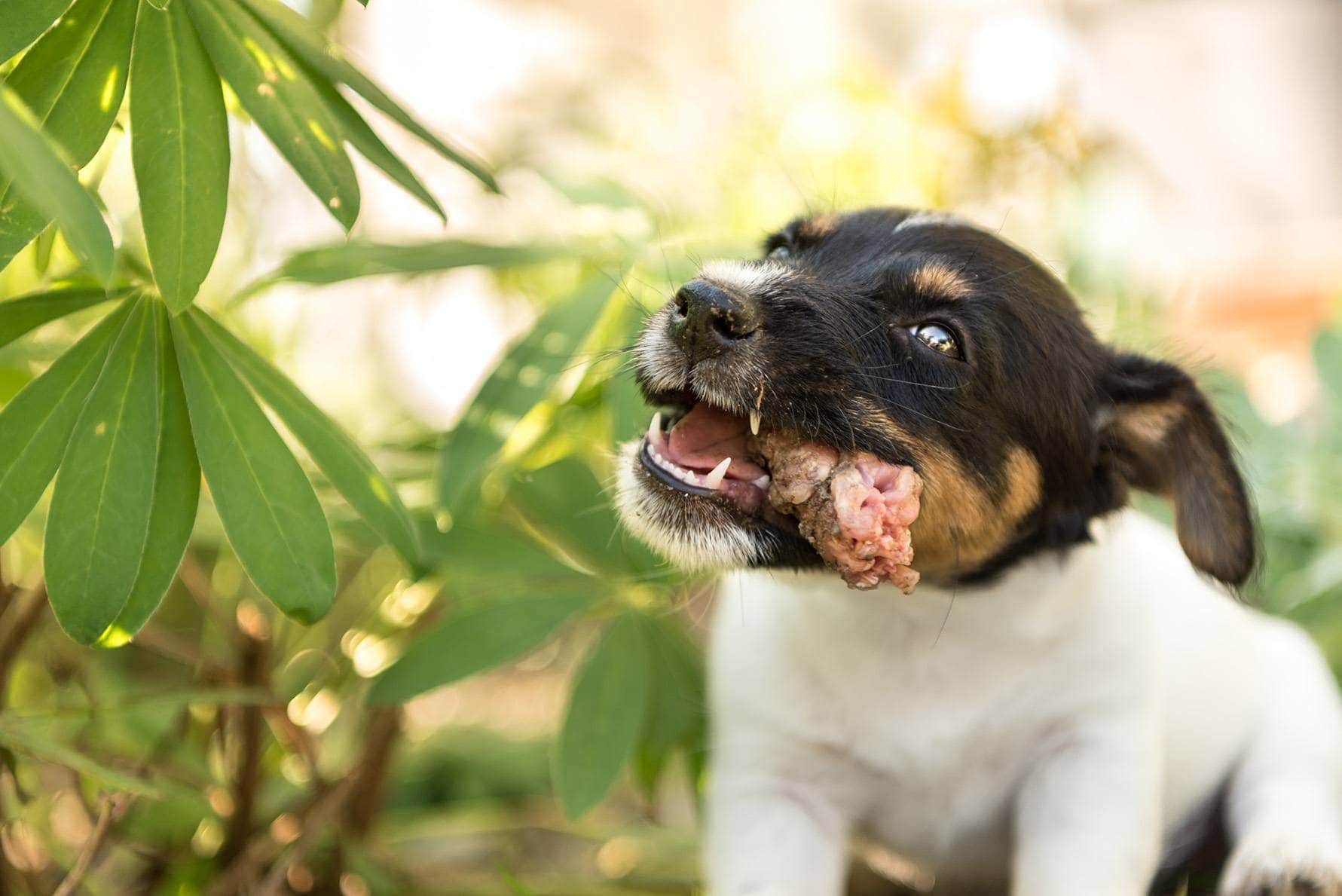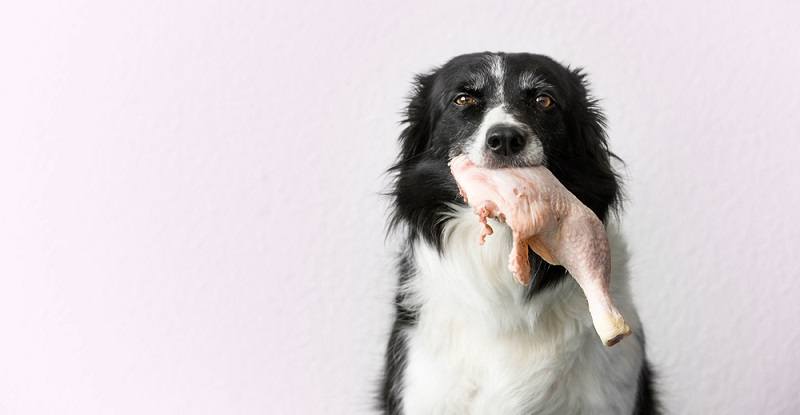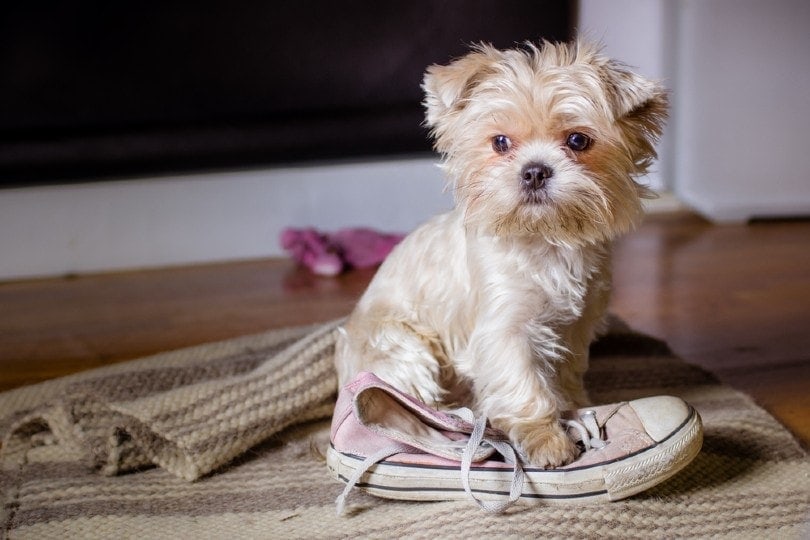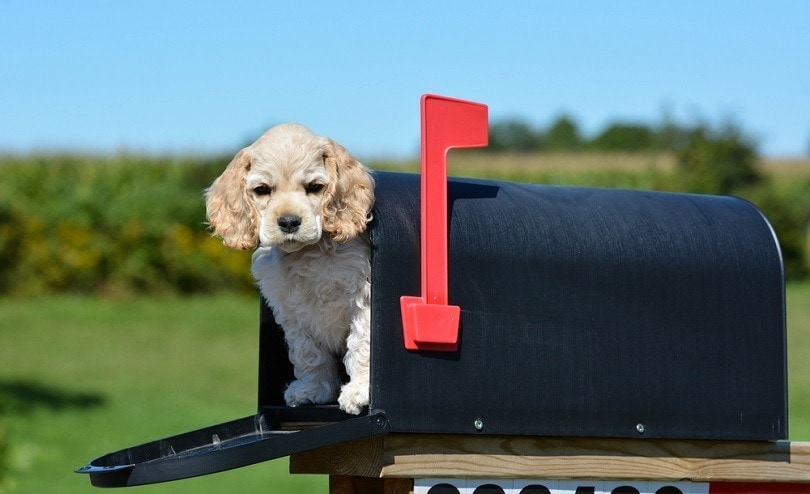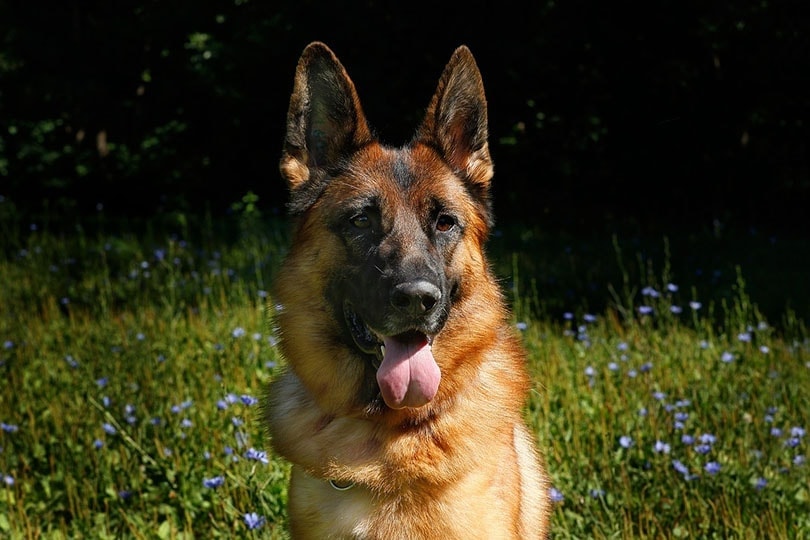Calls for advice on what to do when a dog has eaten chicken bones happens fairly frequently in practice. They vary from dogs hoovering up leftover chicken wing bones at barbeques, scavenging on walks to helping themselves to the whole carcass at a family dinner – whoops! Once you’ve got over the fact that all your hard work preparing the meal is lost: should you worry and what do you do now?
Each case is different and this article is not designed to be in place of advice from your vet with regard to your individual situation, but it should help guide you and answer some of your questions.
Should We Be Worried?
The level of concern depends, to some extent, on the size of your dog, the number of bones eaten, and whether your dog has any current or previous health concerns.
Dogs are carnivores – they are designed to digest meat and bones and in theory, they should be able to cope, but not always. More often than not the bones that our dogs get hold of have been cooked first. Cooked bones are slightly more of a concern than raw ones as they become more brittle and, if chewed, are more prone to breaking into sharp points. The main danger with chicken bones (raw or cooked) is that they have the potential to cause a blockage in the gastrointestinal tract (guts) or even a perforation (rip/tear). Either of these can occur anywhere from the esophagus (the tube from the mouth to the stomach) to the rectum (the tube to the outside of the body) and can be life-threatening.
What Will Happen to the Dog?
The most likely outcome is that your dog will digest the bones but may develop a gastrointestinal (tummy) upset such as vomiting or diarrhea due to the change in their diet. Some dogs have ‘steel stomachs’ (not a strict veterinary term!) and you may see no issues at all, however, there is potential for some serious side effects to develop that should make you vigilant. If your dog is on any medications (particularly gastro-protectants which reduce the acidity of the stomach) or if they have any other health concerns these may affect digestion and I would advise you contact your vet to discuss.
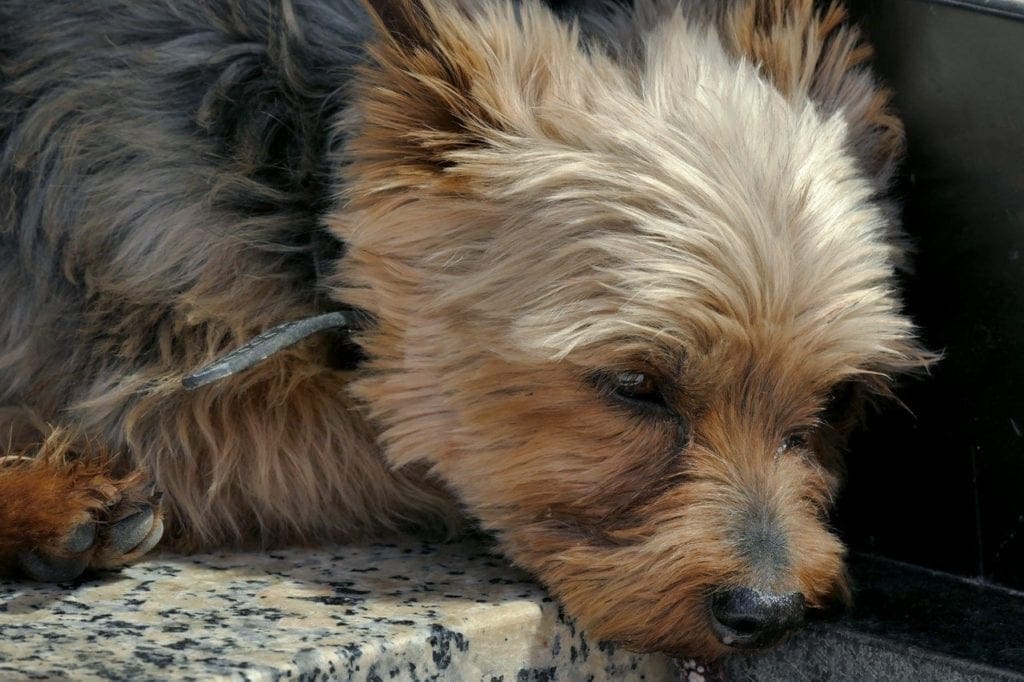
Can Problems be Treated?
In cases where dogs develop mild cases of vomiting or diarrhea then it can often be treated with supportive care such as a bland diet at home; occasionally you may need medications from your vet. In these cases where there is the potential for a gut blockage to form you must be very cautious where vomiting does occur and I would usually say that if your dog vomits, or attempts to vomit more than once then they should be checked out by a vet.
In some cases, dogs may develop pancreatitis – a painful inflammation of the pancreas which can be the result of a sudden diet change or eating a high fat or sugar meal. Many dogs will require hospitalization for treatment which might include intravenous fluids (a drip) to help them recover.
Dogs can also develop a serious condition called gastric dilation (or ‘bloat’) which can progress to include volvulus (a bloat and twist, also known as a GDV). This is life-threatening and requires emergency surgery. Large breed dogs such as Great Danes and Mastiffs are at higher risk but it can happen in any size or breed of dog.
In worst cases, where a blockage or perforation to the gastrointestinal tract does occur, your dog may require major surgery, hospitalization, intense nursing, and a long recovery; even then the outcome can be devastating.
My Dog JUST Ate A Chicken Bone – What Happens Now?
I would recommend that you make your vet aware and listen to their advice; they are then prepared to provide the best care in the event of an emergency or any deterioration.
You will probably have heard that in some cases where dogs have eaten things that they shouldn’t – chocolate or other toxic items, for example, the vet can give medications to make them vomit. However, in the case of chicken bones this is not advised (and do NOT be tempted to try and do this yourself at home, it is incredibly dangerous). The reason we don’t make dogs vomit in these cases is that we don’t know whether the chicken bones were chewed or broken when swallowed and any sharp edges to the bone could cause disastrous damage on the way back up from the stomach.
In a medium-large sized dog with no health concerns my usual advice would be as follows:
- Do not withhold food from your dog, instead feed little and often. It’s tempting to think that as they may have eaten more, or something different to usual that they don’t need anything for a while. However, in cases like this, I always advise feeding food little and often; this can be your dog’s usual food or a fairly bland wet food. The idea behind this is to stimulate your dog’s digestion to do its job and break down the bones in the stomach. The other benefit of feeding little and often is that the food should ‘cushion’ the bones in the stomach and help to protect them from any sharp points whilst they digest.
- Allow your dog to do gentle exercise. No running around like a nutty thing, but gentle exercise (short walks on the lead) will help to stimulate digestion.
- Make sure they stay well hydrated. Ensure they have access to fresh water: you can add water to their food to increase intake or change from dry food to wet food. Dehydration will reduce digestion alone and can have other negative effects.
- Monitor your dog’s stools closely. If your dog does develop vomiting or diarrhea then you will know quickly. It’s also important that we make sure your dog is still passing feces as failure to do so may be one of the first signs of a blockage and prompt you to visit your vet.
If your dog shows any of the following signs you must contact your vet as a matter of urgency:
- Vomiting more than once
- Refusing to eat or drink
- Signs of abdominal (tummy) pain such as stretching out or sitting in a hunched position
- A tense or bloated abdomen
- Not passing feces
- Lethargy (acting quiet, or not himself)
- Coughing/retching
In any dog that is particularly old or young, has any health concerns, or is on medications you must discuss with your vet.
Your vet may talk about X-rays with you – the benefit of these depends on timing and each individual situation. If your dog is showing signs that are consistent with a blockage then x-rays are used to help diagnose this and to try and determine the location of any bones within the digestive tract. If your dog has just eaten the bone/bones and is showing no adverse effects there is often little benefit to an X-ray as it is simply likely to confirm the presence of bones in your dog’s stomach but cannot give you peace of mind or any indication of whether issues will develop over the following few days. In dogs that are coughing or retching after eating, x-rays are useful to check whether bones are wedged in the throat or further down the esophagus.
If you need to speak with a vet right now but can’t get to one, head over to JustAnswer. It’s an online service where you can talk to a vet in real time and get the personalized advice you need for your pet — all at an affordable price!
I’m Not Sure When They Ate It – What Do I Do?
The advice is the same as above. Monitor closely for any problems and contact your vet immediately if you have any concerns.
Does It Matter How Many They Ate?
Although even one is too many, the more bones consumed the higher the risk of complications. However, that does not mean that you can be at all complacent if they only ate one.

What Can We Do to Reduce The Risk?
The best way to reduce/avoid the risk is to make sure that your pets cannot gain access to any bones in the first place. This means taking care not to allow family members or visitors to leave bones around on plates at pet height and make sure your bins are secure with pet-safe locks to reduce the chance of bin-raiding. In homes with young children it is important to have rules in place about feeding the dog treats – just remember that we are taught in books/cartoons that dogs eat bones!
If you have a dog that is particularly skilled at finding things they shouldn’t then keep them away from food preparation areas/anywhere they may get themselves into trouble.
Some dogs are known scavengers on walks and these dogs must be kept on leads or in some cases, muzzled. In dogs that do need to be muzzled on walks, the basket muzzles are preferable as they allow dogs to pant and drink on walks, and muzzle training must always be done properly.
If at any point you have worries that your dog may have eaten something they shouldn’t or they aren’t acting as normal then please do contact your vet for immediate advice. The earlier problems are detected and treated, the better the chance of a positive outcome for both you and your pet.
Featured Image Credit: thka, Shutterstock

